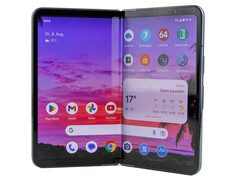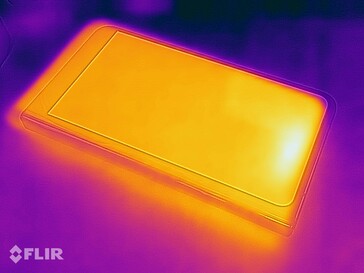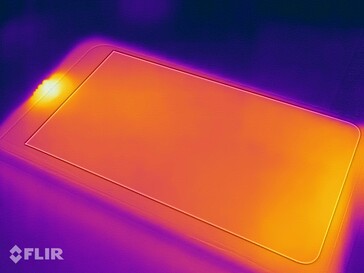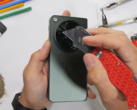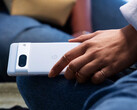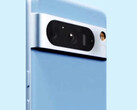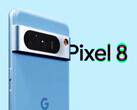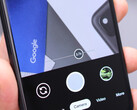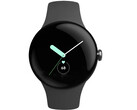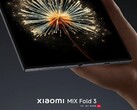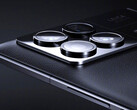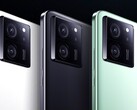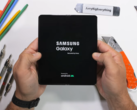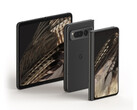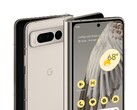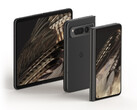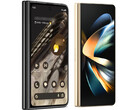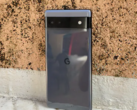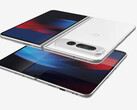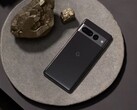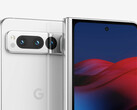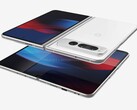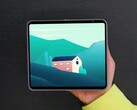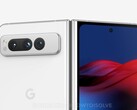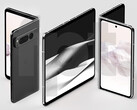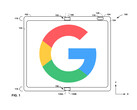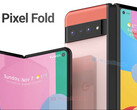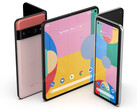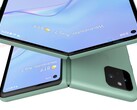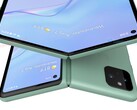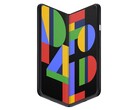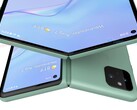The Pixel Fold is Google's first foldable smartphone and is visually different from rival devices, as the manufacturer does not use an elongated, but rather stocky format when folded, making the smartphone appear very compact. We found this to be very pleasing during our review.
Google offers a smaller external display that measures 5.8 inches, and the inner foldable display measures 7.6 inches and has an aspect ratio of 6:5. Both operate at up to 120 Hz and can get very bright. The foldable screen has a fairly prominent display fold seam and the frame is comparatively thick as well. At 283 grams, it belongs to the heavy foldables.
The Pixel Fold is powered by the Google Tensor G2, which is still in the upper class, but is unable to keep up with the top SoCs of last year. Google adds 12 GB of RAM and either 256 or 512 GB of internal storage. A memory expansion via microSD is not possible. Then again, the smartphone has 5G mmWave, UWB, wireless charging and IPX8 certification. The latter certifies the Pixel Fold as waterproof. The triple camera setup is also decent.
This is all well and good, but we encountered problems with the display in our review. These do not concern the stability, as one might initially assume with a foldable, but the ambient light sensor. When exposed to strong light, it can get very hot, which causes the system to massively reduce the display brightness. Instead of over 1,000 cd/m², the foldable OLED panel only lights up at 465 cd/m², which can massively impair readability in the sun.
That aside, Google delivers a really good debut foldable that is available from US$1,799. The Pixel Fold is available directly from Google, but can also be purchased at Best Buy.
Interested readers are advised to take a look at our detailed review of the Pixel Fold for further information and benchmarks.




